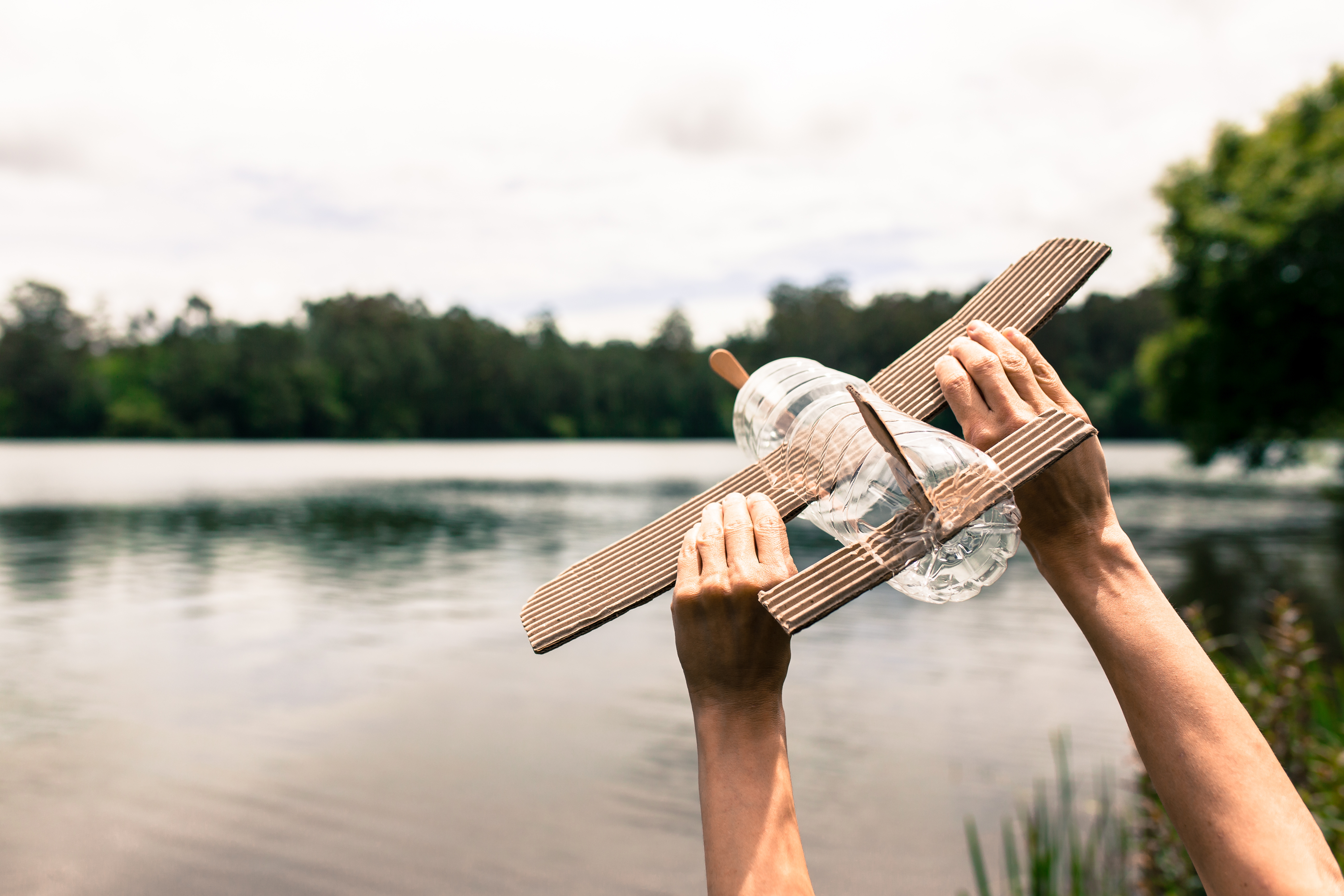
- News & Analysis
- Home
- Global Corporate Venturing
- Global University Venturing
- Latest News
- Publications
- Podcast
- The CVC Funding Round Database
- The CVC Directory
- Video
- Subscribe
- Newsletters
- Events
ContentsIntro: The circular economies of carbon, plastic and waterFeature: It is becoming easier to capture carbon, but deciding what to do with it is hardViews: Investor perspectiveStartups to watch: 17 up and coming sustainability startupsProfile: Tidal Vision uses crab shells to remove pollutants from waterFeature: Chemicals hold hope for meeting recycling targetsFeature: H2Overlooked: water scarcity leads to flood of tech solutionsBy Maija Palmer
The circular economies of carbon, plastic and waterCross-industry collaboration is needed to turn waste into wealth.
Even as 2023 broke records as the hottest year on record, globally, the pushback against policies to achieve net zero emissions targets is gathering place. Populist backlash across Europe is causing governments to water down climate policy and there are fears that a new Trump presidency would result in the same in the US. Net-zero targets may have become a business norm, but they are politically vulnerable unless implemented in a way that doesn’t make people feel poorer.
This is why the circular economy has become such a powerful concept in the battle against climate change. The circular economy is a version of sustainability that doesn’t mean cutting back, but using things better, turning what was once considered waste into a new feedstock, whether we are talking about plastics, carbon, water management or any other material.
“At the core circularity is better design products, better packaging, less waste, more longevity,” says Angie Grimm, member of the Sustainability Council Advisory Board. “It is less waste and more effective use of precious resources.”
The circular economy can contribute to economic growth by fostering innovation, creating new business models and generating employment opportunities, says Phoebe Wang, investment partner at the Amazon Climate Pledge Fund. Industries that adopt circular practices can benefit from cost savings, increased competitiveness, and access to new markets driven by consumer demand for sustainable products.
“At the core circularity is better design products, better packaging, less waste, more longevity.” – Angie Grimm, member of the Sustainability Council Advisory Board
“We believe circular economy play a vital part of sustainability and achieving climate goals. That’s the reason why we invested in companies such as Genecis Bioindustries, a biotech company turning organic waste into sustainable, biodegradable materials, offering a circular economy solution to various industries,” says Wang.
We asked members of the Global Corporate Venturing Sustainability Council — investors at some of the world’s largest companies, including Amazon, Evonik, The Heritage Group, Johnson Controls and Saint-Gobain — what they were focusing on to meet green goals. We had a wide range of answers, from agritech to hydrogen, biofuels to carbon capture. But one area of overlap is the circular economy.

This is fortunate because the circular economy is an area that needs widespread collaboration for it to work. Multiple companies from across different sectors must come together to supply, produce and purchase.
“For this to work out, we need a collaborative effort from all the stakeholders, from everybody, working together towards the same goal,” says Jan Marchewski, an associate at electronics and industrial technology group Hitachi’s venture arm who specialises in environmental technology. Marcheswski was commenting specifically on the carbon market, but the same applies to any material.
That was one of the reasons we have put together this report into three circular economies: carbon, plastics and water. The GCV Sustainability Council members shared with us some of the startups they have found the most promising, as well as sharing details and learnings from pilot projects that they are backing. The idea is to share best practice as widely as possible and to invite other companies to join the effort.
You can find out more about the work of the GCV Sustainability Council here or by getting in touch with Amber Knapp, the GCV Advisory Board and GCV liaison.
Healthcare | Human microbiome
Publications | Reports | GCV
Read the full report on your tablet or device.Download PDFAbout us
GCV provides the global corporate venturing community and their ecosystem partners with the information, insights and access needed to drive impactful open innovation. Across our three services - News & Analysis, Community & Events, and the GCV Institute - we create a network-rich environment for global innovation and capital to meet and thrive. At the heart of our community sits the GCV Leadership Society, providing privileged access to all our services and resources.
Navigation
 test reg
test regLogin
Not yet subscribed?
This website uses cookies to improve your experience. We'll assume you're ok with this, but you can opt-out if you wish.Accept Read MorePrivacy & Cookies PolicyPrivacy Overview
This website uses cookies to improve your experience while you navigate through the website. Out of these, the cookies that are categorized as necessary are stored on your browser as they are essential for the working of basic functionalities of the website. We also use third-party cookies that help us analyze and understand how you use this website. These cookies will be stored in your browser only with your consent. You also have the option to opt-out of these cookies. But opting out of some of these cookies may affect your browsing experience.Necessary cookies are absolutely essential for the website to function properly. This category only includes cookies that ensures basic functionalities and security features of the website. These cookies do not store any personal information.Any cookies that may not be particularly necessary for the website to function and is used specifically to collect user personal data via analytics, ads, other embedded contents are termed as non-necessary cookies. It is mandatory to procure user consent prior to running these cookies on your website.






